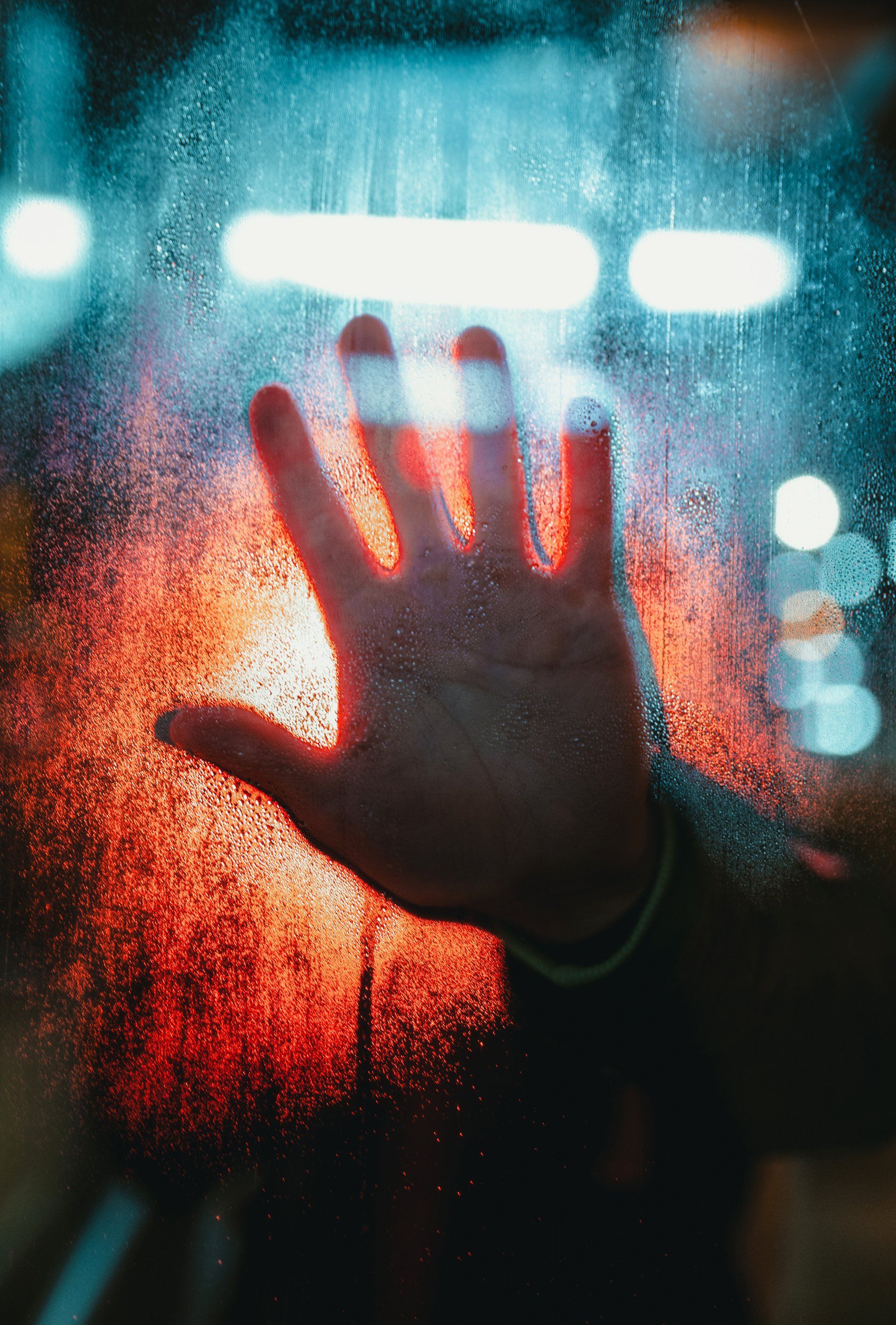How your customers can spread covid without realising they've got it
There's plenty we don't know about covid, but we're clear on one thing – it spreads like wildfire. New science is revealing more about how likely we are to spread the virus, even when we don't have any symptoms.
The results are disturbing, showing exactly how important technologies that kill covid safely are to the human race's future. Here's what you need to know.
Covid is frequently asymptomatic
Covid can make healthy adults of every age very ill, but it can also be totally asymptomatic. This means you can carry the virus without even knowing it.
Research made public recently by a team from Columbia University, New York, looked at the course of the epidemic across 375 Chinese cities from 10th to 23rd January 2020 and found that a whopping 86% of cases in those first crucial weeks were asymptomatic or came with very mild symptoms. The same percentage applies to foreign nationals evacuated from Wuhan. These asymptomatic cases are still contagious, and it looks like they were the source of 'most of' the virus' spread in China pre-lockdown. While asymptomatic people were just 55% as contagious as people with symptoms, they were the source of 79% of further infections.
At the same time a project in Italy has found a lot of symptomless cases. Take the town of Vò, one of the hardest-hit, where 60% of those who tested positive had no symptoms.
How do asymptomatic people spread the virus?
Coughs and sneezes spread the virus, so how do asymptomatic people spread the infection? These people actually have very high viral load in the upper respiratory tract. They shed the virus through spitting, touching their mouths or noses before touching a surface, even by simply talking. And, of course, we all cough and sneeze now and again, even when we're not ill.
As the symptoms develop your viral load steadily reduces, so you're less infectious. But you can actually keep on shedding the virus for around two weeks after you recover, in your saliva and stools. This means you can still infect other people when your symptoms have long gone.
Airborne droplets remain most likely to be the commonest route to infection. Contaminated surfaces are less risky but all the same, the virus can live around 2 hours on surfaces, according to experts at the University of Southampton. On the other hand research that came out last week says this is a dramatic under-estimate. In fact the virus can survive for 14 hours on cardboard, and as long as three days on plastic and stainless steel, according to research published in the New England Journal of Medicine. This matters when it's hard to avoid touching everyday things like door handles, stair railings, touch screens and so on. It's also an air thing – the virus sticks around in the air for about three hours.
Transmission via faeces
There's growing evidence covid can be spread via poop - from faeces to the mouth - according to research by the University of Washington, USA. This reinforces the power of hand-washing. It's important to note that simple soap and water is much more effective against this virus than alcohol hand gels.
Can you catch the virus twice?
The answer to this one remains to be seen – we don't yet know whether people can catch this coronavirus twice. But we do know that only asking people with symptoms, and their families, to isolate means we're only tackling part of the problem. Thanks to this virus' 'fiendish ability to 'cause very mild symptoms in people, and to peak in infectiousness before people even realise they are sick', we're in a tricky position going forwards. And that's yet another reason why our covid killing UVC technology is so important for businesses.
Our UVC disinfection machines clean the air and every surface the light touches in minutes, damaging the virus' DNA and RNA so badly it can't reproduce. And that means even if there are symptomless infected people in your premises, you're doing everything you can to keep others – and yourself and your staff – safe.










